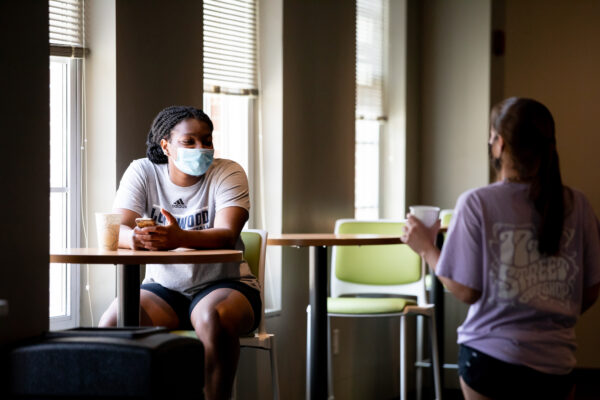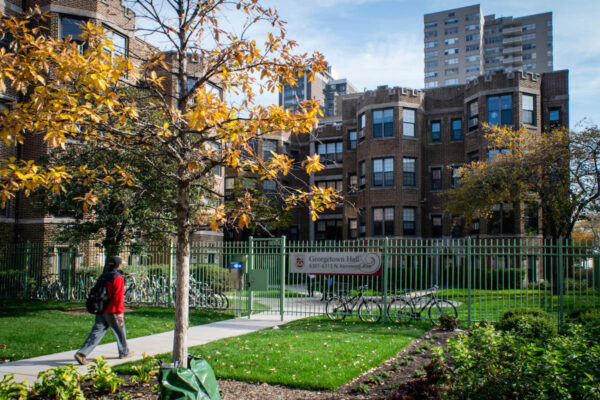New Urban Institute Report Offers Solutions to Challenges in Federal Accountability Metrics Resulting from COVID-19
Title Name: Postpandemic Federal Higher Education Accountability: Exploring Conceptual Frameworks for Performance Measures
Author(s): Kristin Blagg and Erica Blom
Source: Urban Institute
The COVID-19 pandemic continues to challenge the higher education sector at the micro and macro-levels. A new report from the Urban Institute examines the pandemic’s impact on current federal accountability metrics (e.g., cohort default rates, financial responsibility composite scores, and gainful employment), highlighting possible variances in these metrics resulting from the pause in student loan repayments. As important measures of public accountability and student choice, the report offers suggestions for both short- and long-term solutions to improve accountability metrics.
In the short term, metrics should be adapted to account for changes resulting from COVID-19 while also safeguarding students and taxpayers from underperforming institutions. The report offers the following short-term suggestions:
- Amending current default and earnings measures: create short-term changes to aggregate earnings measures reported to the College Scorecard to provide context for interpreting metrics.
- Developing additional input-based measures: supplement outcomes measures with additional institutional inputs and information during the pandemic, such as the receipt and usage of funding for students provided through the CARES (Coronavirus Aid, Relief, and Economic Security) Act.
- Increasing College Scorecard data visibility: present available data across time periods, allowing visibility of impacts of the pandemic on data.
The challenges of the pandemic may also provide opportunities for long-term positive change in accountability metrics. Notably, changes would shield metrics from changes in student loan policy and create increased adaptability to economic changes. Long-term suggestions include:
- Providing relative earnings measures: compare earnings with a relative measure varied across time and geography.
- Using longer-term outcome measures: produce longer-term averaged earnings measures to remove bias from economic downturns.
- Reassessing federal aid provision: separate institutions’ eligibility to provide Pell Grants from their qualification to provide student loans. This approach lowers student risk of investment in higher education, as only grants that do not require repayment would be awarded.
To read the full report, please click here.
—Ben Cecil
If you have any questions or comments about this blog post, please contact us.


